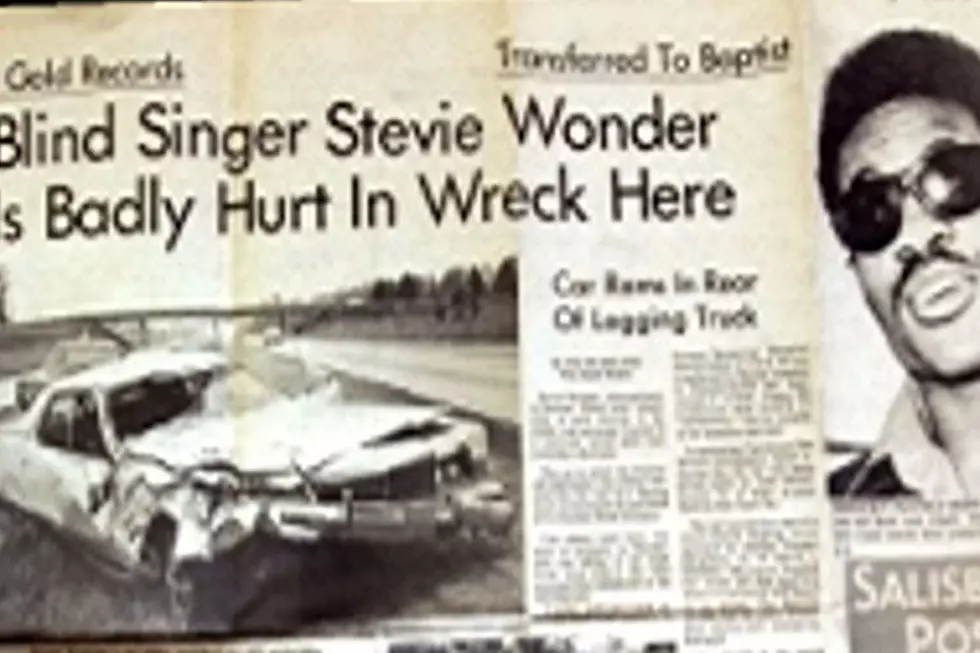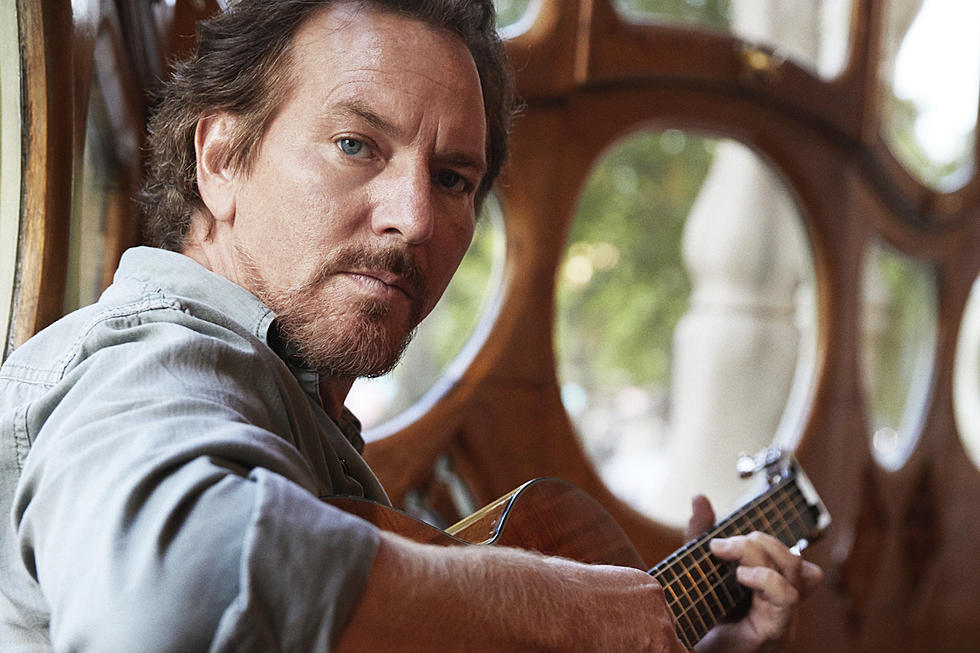
50 Years Ago: Stevie Wonder Seriously Injured in Car Accident
On Aug. 6, 1973, Stevie Wonder was heading to a radio station in Durham, N.C., to promote his new album, Innervisions, when he was involved in a serious car accident that left him comatose and left fans around the world worried for his life.
Wonder was in a rented Mercury Cruiser, driven by his cousin John Wesley Harris, listening to Innervisions (which had been released less than a week earlier) on headphones, when the car crashed into the back of a flatbed truck outside Salisbury, N.C.
Wonder suffered a head injury and was in a coma for four days. He would not perform again for five months.
According to a British website devoted to Wonder’s life, early reports on the accident indicated that the truck involved in the crash was carrying logs, and that one of the logs had dislodged and crashed through the windshield of the Mercury Cruiser, hitting Wonder in the forehead. However, the driver of the truck, 23-year-old Charlie Shepherd, said in a statement that he had already delivered a load of logs that day, and that the back of the flatbed was empty, except for some small pieces of wood and boards.
What is clear is that Wonder’s car’s windshield was shattered by the bed of the truck, which struck Wonder in the head as he snapped forward as a result of the impact between the vehicles.
Members of Wonder’s entourage, following behind the Cruiser, moved an unconscious and unresponsive Wonder into one of their cars and sped him off to the closest hospital, Rowan Memorial. According to the Wall Street Journal he was later transferred from Rowan to N.C. Baptist Hospital in Winston-Salem, N.C., because that hospital had better facilities for neurological injuries.
Wonder only began to emerge from his four-day coma when gospel singer Ira Tucker visited him, serenading him with his song “Higher Ground.” As she did this, Wonder reportedly began moving his fingers in time with the keyboard parts in the song.
Listen to Stevie Wonder's 'Higher Ground'
In an interview conducted several days after he regained consciousness, Wonder indicated he didn’t remember much about the experience, except “I was definitely in a much better spiritual place that made me aware of a lot of things that concern my life and my future, and what I have to do to reach another higher ground.”
After a two-week stay at N.C. Baptist Hospital, Wonder was flown back to Los Angeles, where he lived, to complete his convalescence in University of California Los Angeles Hospital.
He did not perform again until late January 1974, when he played the Rainbow Theater in London. His first U.S. date after the crash was in March 1974 at Madison Square Garden.
Wonder had temporarily lost his sense of smell after the crash, and was left with a scar on his forehead. When it was suggested to him that plastic surgery could remove the mark, he declined, saying, “I will leave it as one of the scars of life I went through.”




